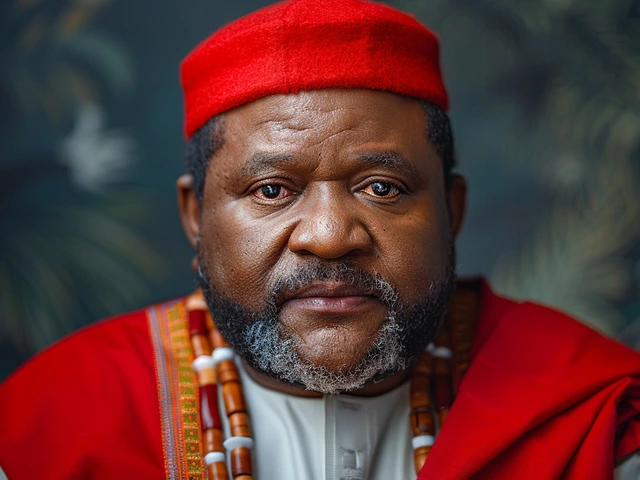Understanding Football Retirement and What Comes Next
When a footballer decides it’s time to retire, it’s not just about stopping playing games. Retirement in football is a big life change that affects income, daily routines, and personal identity. Most players retire in their 30s or early 40s, but what do they do after that? Let’s unpack what football retirement really means and how players handle this shift.
Why Do Football Players Retire?
Retirement usually comes due to age catching up and injuries piling on. The speed and physical demand of football make it hard to compete at top levels for too long. Some players find their performance slipping, or they face injuries that won’t let them play well or safely anymore. Others may simply feel ready to move on to new challenges after years on the pitch.
Many also plan ahead, knowing football careers are short. Some start coaching badges, others study sports management or prep for media roles while still playing. Financial planning is another big part. Those who save well or invest smartly have an easier time transitioning without money stress.
Life After Football: What Do Retired Players Do?
Not every retired footballer jumps into coaching or punditry. Some open businesses or work with charities. For example, some former players become youth trainers, sharing experience with kids dreaming of football careers. Others use their fame to launch products or create content online.
Adjusting to life off the field can be tough. Losing the routine and fan attention hits hard. That’s why many turn to support networks or career transition programs offered by clubs or associations. Mental health support is crucial as players may face identity crises or loneliness.
In short, football retirement is more than stopping the game – it’s about finding new ways to thrive. Players who prepare early, seek support, and stay open to fresh opportunities often enjoy a fulfilling second act after their football careers end.





